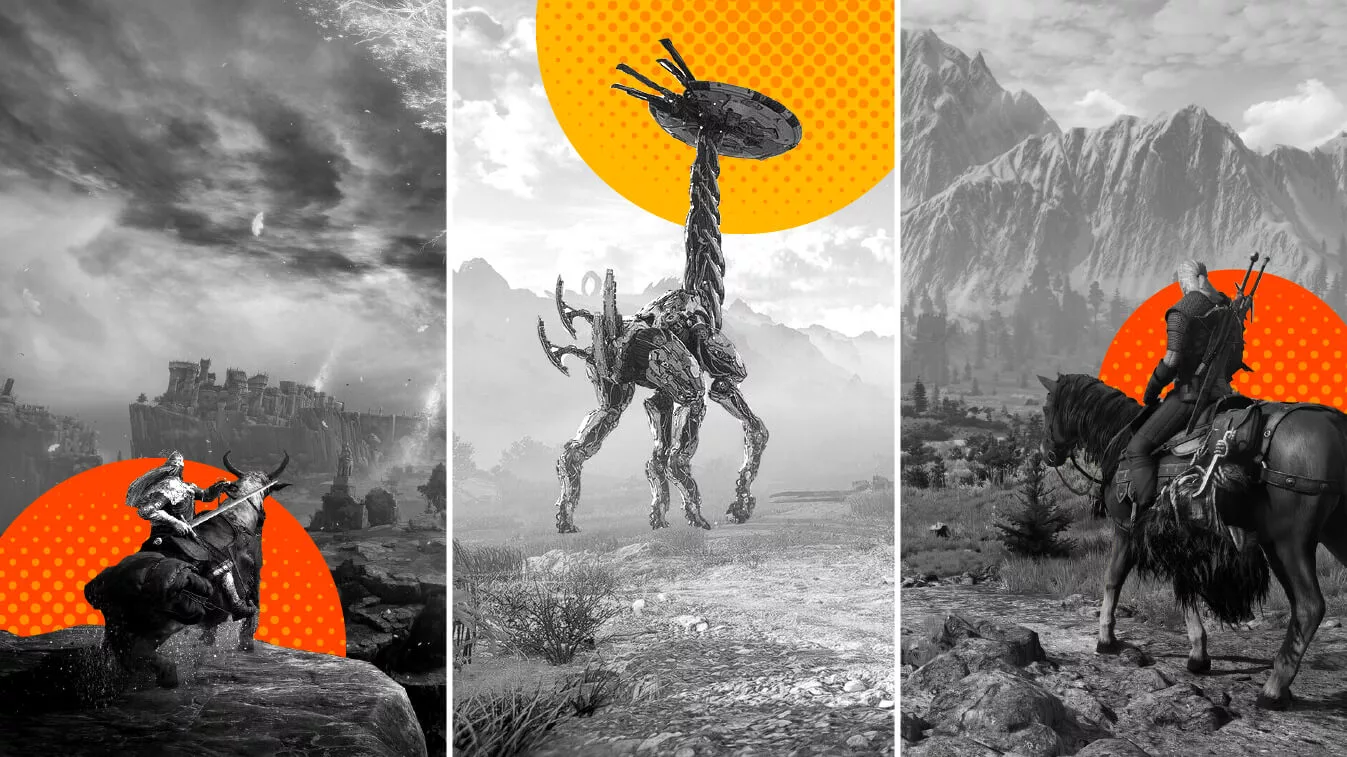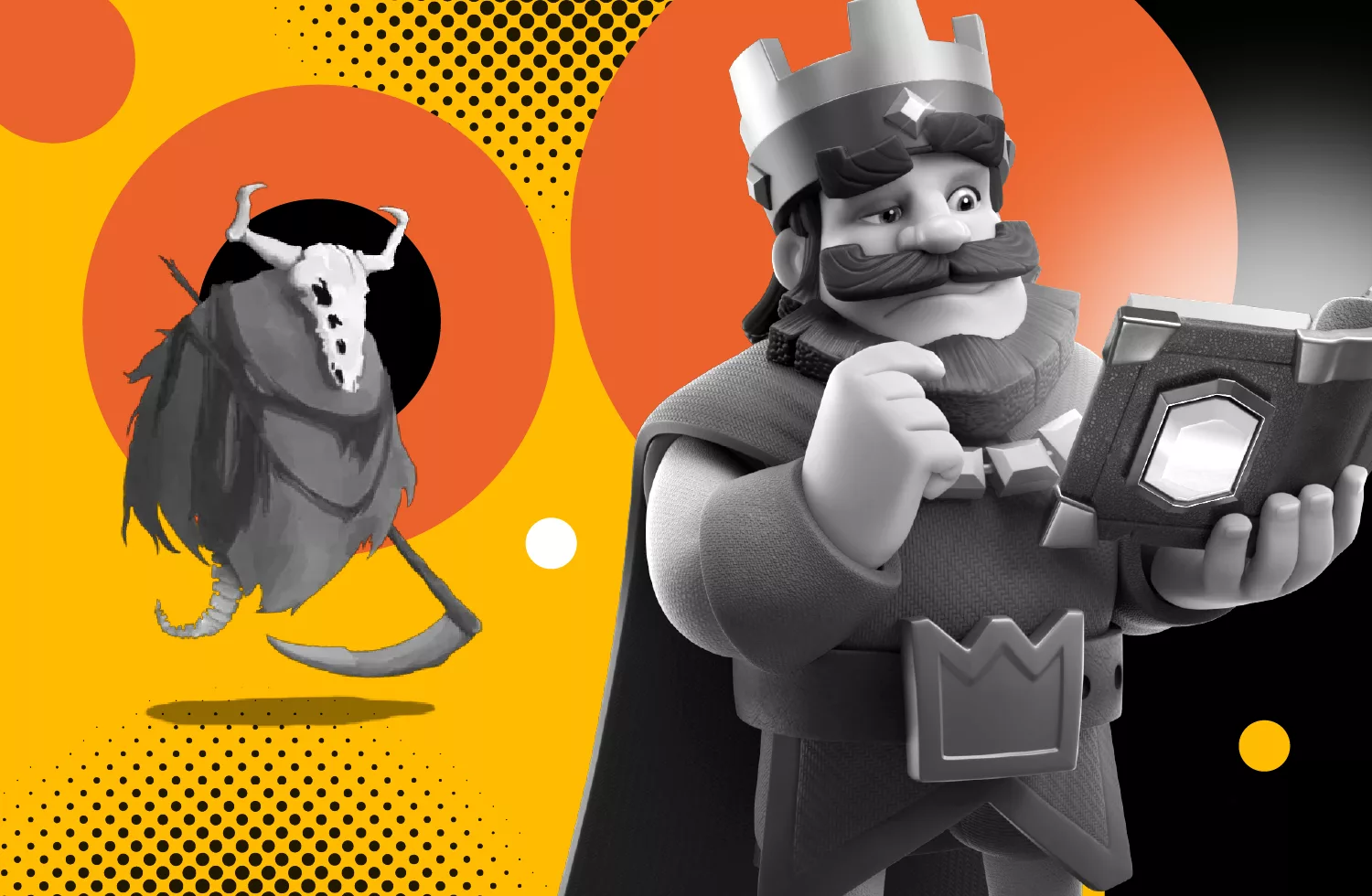
The concept of lone developers releasing to a mass market has its roots way back on homebrew-permitting machines like the Commodore 64 or the British Spectrum ZX. It’s arguably only recently that “indie” studios have gained any sort of respect in the wider gaming industry.
Yet the term “indie games” – meaning “independent games” – has become an increasingly hard word to define, even since the days of Steam Greenlight and other early efforts to recreate the bedroom development scene on modern devices.
Why is it so difficult defining “indie games”? Small-time developers sometimes just disappear beneath the wing of major publishers the moment they hit the big time, meaning that “indie games”, as a descriptive term, isn’t really that helpful anymore.
Plenty of short, 2D, pixel art games (once a hallmark of top indie games) are now published by major studios. Look at Hotline Miami, Enter the Gungeon, Broforce, and Carrion, all popular indie games, yet all were given a shove by publisher Devolver Digital.
Of course, there has to be some way to detect bedroom developers in the new decade – and there is. Their efforts are usually self-published, sometimes on free indie games sites like Kongregate, and self-marketed, thrown onto a disc with nary a hope for a handful of players.
Lots of indie games like Stardew Valley end up taking on the monoliths of the gaming world and come out on top. Below is a list of some of the best indie games from the last decade, which might just surprise you.
Minecraft
So Minecraft hasn’t been an indie game for quite some time now, and definitely not since Microsoft bought it for $2.5B in 2014. The numbers the block-builder has produced since then are almost unheard of – 176M in sales to 2019 and $1.5B in additional revenue, almost clearing the fee Microsoft paid to Mojang some five years earlier.
That’s not mentioning the money made through merchandising, toys, spin-off games, and licensing fees. Once upon a time, though, this gentle sandbox was the archetype of indie games, created by a lone developer called Markus “Notch” Persson, formerly of match-3 games creator King.
Made over a weekend in May 2009, a group of forum members, who provided Notch with feedback for his F2P games, actually supported Minecraft.
With this first version, Persson would also make use of the then-four-year-old YouTube to document Minecraft’s development from a riff on two previous projects, RubyDung and Infiniminer, to a full-fledged game.
There are over 150 distinct blocks in Minecraft today, but the earliest version only possessed a handful, including sand, water, air, stone, wood, dirt, and leaves. Minecraft is now so ingrained in popular culture it has its own urban legends, like Herobrine.
Minecraft’s indie credentials are shaky following the release of the second Caves & Cliffs update at the end of November 2021, but there’s no denying that the game helped legitimize the amateur development scene.
Consider that Minecraft’s trademark gameplay has been copied and imitated hundreds of times (including by LEGO, though the inspiration for LEGO Worlds could just have easily come from the company’s own products line), and Minecraft becomes less of a standout example among indie games and more of one of the most important titles ever made.
Celeste
Matt Makes Games, Inc. and Extremely Okay Games, Ltd. are about as stereotypically indie as two creators’ names might get, but Celeste became one of the indie games of 2018 with its deft platforming and simple aim – climb a mountain, the eponymous Celeste.
IGN’s reference to Celeste’s success as a “surprise” seems to encapsulate the whole idea of independent development. It’s a task that has no proven outcomes but is stuffed with potential because small creators aren’t bound to rigid ideas and deadlines.
As a screen-based endeavor, of which there are over 700, Celeste is at the mercy of its developer’s penchant for mad science. Each screen required its own traps, enemies, platforming sections, and story elements to make the product function overall.
It’s a remarkable undertaking, yet one that isn’t new in indie gaming. It’s something that fell out of fashion many years ago. Lots of classic games of yore, such as Jet Set Willy, Bubble Bobble, Dizzy, and Lemmings, built their objectives around single rooms rather than open worlds.
While sometimes claustrophobic, this practice required a thoughtful approach to structure and progression. Let’s not forget DMA Design’s very many, very awful traps for the baffled Lemmings.
Into the Breach
Excluding titles like Age of Empires and Command & Conquer, strategy and tactic-based indie games will never be as popular as action, adventure, or RPG games.
Even the XCOM franchise, which has a history going back to 1994, is perhaps more spoken-about than actually played, because of its deliberately unfair difficulty that sees the player overwhelmed leading to game progress that is doomed from the start.
Subset Games’ Into the Breach falls firmly into this same category of difficult yet charming strategy games. This time, though, it has a coat of pixelated paint that helps it slot into the indie games niche.
Written by journeyman scribe Chris Avellone (Fallout, Planescape: Torment, Pillars of Eternity), Into the Breach tells the story of a group of mechs trying to prevent an onslaught of gigantic bugs (think Pacific Rim) on 8×8 battlefields.
Yet, as a rogue-like game, a genre that uses procedural elements to increase gameplay randomness, these battles may sometimes feel doomed. It’s not as brutal as Subset Games’ previous effort, FTL.
Especially as players can vacate their current timeline for a new one in the event of a disaster, but battles are still hard-won.
Into the Breach is only the second game made since 2012 by Subset Games. It’s a Shanghai-based entity that has just two members of staff, namely, Justin Ma and Matthew Davis.
The temporary acquisition of Avellone, while no doubt a coup for the pair of developers, definitely gives this indie games studio a bit of a celebrity edge. Even if Into the Breach is mostly told in RPG-style conversations stuffed into the egg of a simplistic overarching story.
Still, it’s a darling among indie games, if there ever was one.
Limbo
Limbo, released in 2010 by Playdead, was one of the earliest examples of what indie game creators could accomplish on consoles like the PS3 and Xbox 360, though its success defies its difficult subject matter.
Limbo has no hint of a story, other than presenting one lost individual with their own personal hell. It’s a game in a similar vein to modern titles like FAR: Lone Sails, Machinarium, Little Nightmares, and fellow PlayDead game Inside, as unsettling yet somehow beautiful quests through bizarre worlds.
However, its primary inspiration has to be 1991’s Another World (Out of this World in the US), which uses the same mix of wonder and horror to tell a story.
Limbo is still very difficult to quantify among indie games with its strange setting. It’s depicted in monochrome, forested and industrial, yet somehow primitive too in its violent treatment of the main character. There’s also one particularly horrifying antagonist that haunts the protagonist throughout the first part of the game.
Reviewers have pointed to Limbo’s sound effects and sonic atmosphere as integral to creating the game’s unnerving ambiance, too. It’s Mario via Tim Burton or Prince of Persia via David Lynch, yet somehow Limbo stands all on its own.
Stardew Valley
It’s hard to overstate the popularity of this Harvest Moon-alike. Created by Eric “ConcernedApe” Barone, who made it in his bedroom, Stardew Valley seemed to tap into a societal need at the point of its 2016 launch.
Until that date, farming and bucolic life simulators had been a bit of a dead horse for a long time, even among indie games, largely because Harvest Moon’s developers Natsume couldn’t make a modern Harvest Moon game for all the pumpkins in the world.
While the Farming Simulator series of games have existed since 2008, Stardew Valley arguably helped them along a bit, too. Of course, much like Minecraft, popularity breeds imitation, and the number of Stardew Valley clones now on the market is frankly overwhelming.
Stardew Valley is arguably the most popular indie game out there. Yet, Farming Simulator 2022 had more users on Steam than EA’s Battlefield 2042 at the end of November, suggesting that the idea of pulling a plow is still one of the gamers’ most enticing fantasies.
There’s a lot we can credit to Stardew Valley’s success. Especially as popular indie games that come from solo developers serve as a source of inspiration for would-be developers with just a laptop and a pen in their arsenal.
Stardew Valley’s appeal seems to come from its vastness, something that can remain hidden for the entirety of the player’s experience.
Whether it’s fishing, archaeology, dungeon-diving, collecting, romancing, celebrating, or growing fruits and vegetables, ConcernedApe’s indie RPG seems to be endless, whilst possessing a definite end.
Unfortunately, for long-time fans, at least, there may not be another update to Stardew Valley, a stand that the vaguely similar game Terraria took recently too. The recent 1.5 addition to Stardew Valley was enormous, though.
Your Favorite Indie Game
Of course, there’s no way to single out the best indie game of all as different players enjoy different things.
However, a few golden examples of indie games do crop up repeatedly. We’ve covered a few of them here, maybe helping you pick the best indie game!










